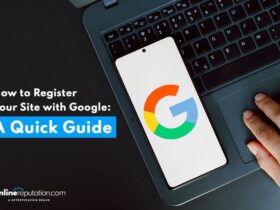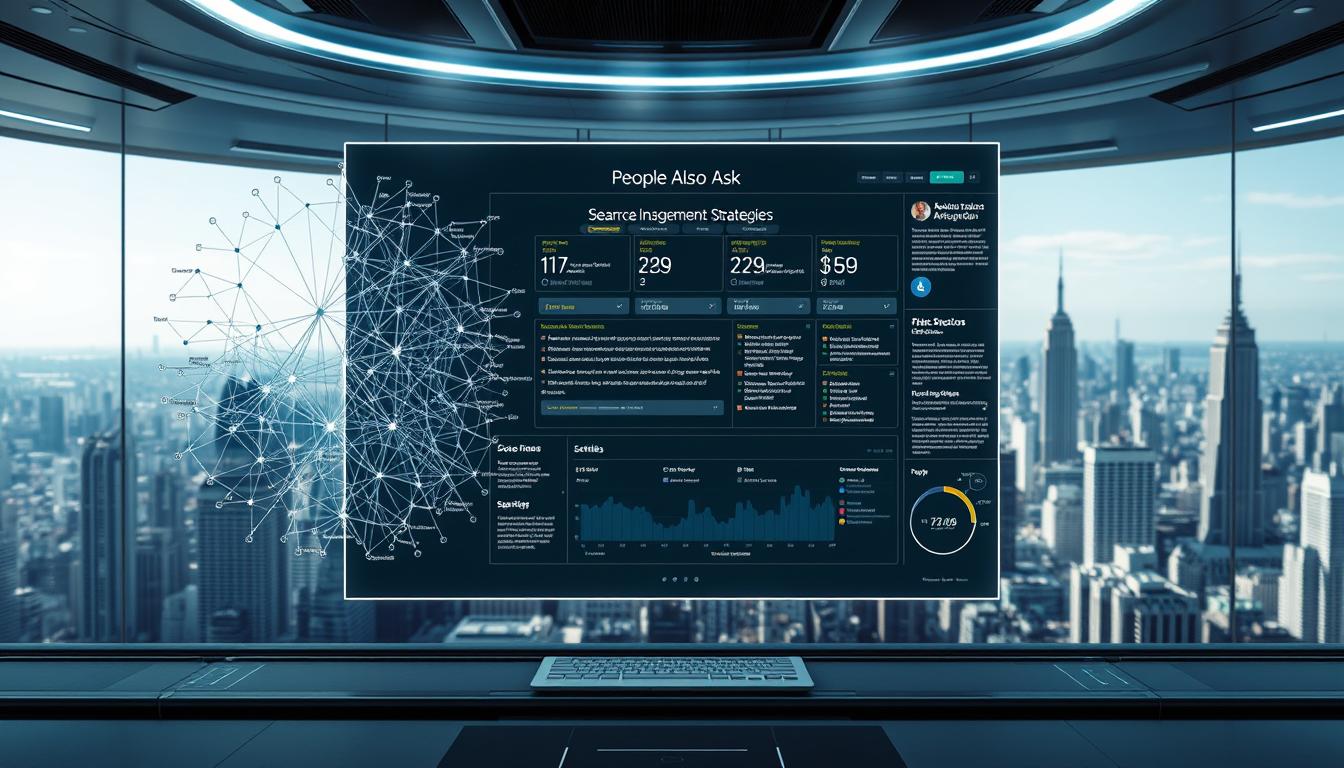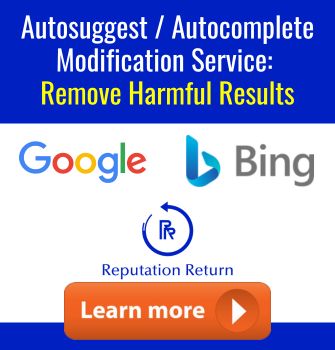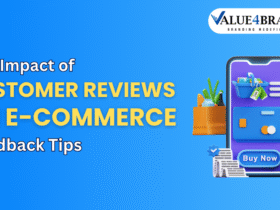In today’s competitive digital landscape, securing a prominent spot in Google’s search results is crucial for businesses aiming to boost their online visibility. One often overlooked yet powerful opportunity is optimizing for Google’s People Also Ask (PAA) section. At Reputation Return, we specialize in helping businesses not only manage but enhance their presence in these PAA results, ensuring their brand stands out in the crowded search engine landscape.
Recent studies from Semrush reveal that PAA boxes appear in nearly 40-42% of search engine results pages (SERPs) across both desktop and mobile platforms. This significant visibility makes optimizing for PAA a critical component of any modern search strategy. By aligning your content with the questions users are asking, you can unlock new avenues for driving organic traffic and improving your search rankings.
Our comprehensive guide dives into the essential tactics and insights businesses need to succeed in the PAA landscape. We combine cutting-edge research with hands-on expertise to deliver actionable steps that protect and enhance your online reputation. Whether you’re looking to understand the frequency of PAA appearances or how to craft content that resonates with your audience, we’ve got you covered.
Key Takeaways
- Optimizing for Google’s People Also Ask can significantly enhance your search visibility and drive organic traffic.
- PAA boxes appear in nearly 40-42% of SERPs, making them a crucial aspect of modern SEO efforts.
- Data-driven decisions are essential for creating effective PAA optimization strategies.
- Reputation Return offers expert guidance to help businesses modify and improve their PAA results.
Understanding the People Also Ask Feature
Google’s People Also Ask (PAA) feature is a dynamic element on search engine results pages (SERPs) that provides users with related questions to their queries. These questions often stem from high user engagement and target long-tail queries, offering a deeper dive into topics.
What is People Also Ask?
The PAA feature typically displays 4 questions initially, which expand dynamically when clicked. Each question reveals a concise answer snippet, enhancing user experience by providing quick, relevant information without leaving the search results.
How PAA Enhances Search Experience
Since its introduction in 2015, PAA has become a key part of modern search. Its interactive design and dynamic question generation improve search efficiency, helping users find answers faster. The feature is particularly useful for long-tail queries, where users seek more specific information.
| Feature Aspect | Details |
|---|---|
| Dynamic Expansion | Clicking a question expands to show a concise answer snippet. |
| Initial Display | Typically shows 4 questions that can expand further. |
| Algorithm Preference | Favors concise, authoritative answers, enhancing content visibility. |
Reputation Return assists businesses in optimizing content for PAA, ensuring it aligns with the feature’s format for better brand visibility. By focusing on clarity and brevity, businesses can improve their presence in search results, driving organic traffic and enhancing online reputation.
The Rising Significance of PAA in Modern SEO
The significance of People Also Ask (PAA) in modern search engine optimization has grown remarkably over the past few years. As users increasingly rely on quick answers, the PAA feature has become a critical element in search results.
Data Trends and Industry Insights
Recent studies reveal that PAA results now appear in approximately 49% of desktop and 52% of mobile search results. This high visibility underscores the importance of optimizing for PAA to enhance brand presence and organic traffic.
Impact on Organic Rankings and Visibility
The presence of PAA boxes not only refines user queries but also offers websites the opportunity to appear twice on the first page of search results. This dual presence can significantly boost click-through rates and user engagement.
| Feature | Desktop | Mobile |
|---|---|---|
| PAA Prevalence | 49% | 52% |
| Click-Through Impact | Increased CTR | Higher Engagement |
Reputation Return specializes in leveraging these insights to enhance brand visibility. By aligning content with user intent, businesses can capture emerging opportunities and build trust. To learn more about optimizing your online presence, visit our guide: 10 Questions to Ask Your Reputation Management.
Optimizing Content with a PAA SEO Strategy
Optimizing your content to align with Google’s People Also Ask (PAA) feature can unlock significant opportunities for improving your search rankings and user engagement. At Reputation Return, we focus on a dual approach that combines detailed content optimization with technical enhancements to ensure superior performance in PAA results.
Crafting Concise and Informative Answers
Crafting clear and concise answers is crucial for PAA optimization. According to a Semrush study, PAA answers average 41 words, making brevity essential. Our strategies ensure your content meets these requirements, enhancing its visibility and appeal.
| Content Element | Best Practices |
|---|---|
| Answer Length | Aim for 40-50 words |
| Clarity | Use simple, direct language |
| Formatting | Use bullet points for readability |
Implementing Structured Data and Schema Markup
Structured data plays a key role in PAA optimization. By implementing QAPage and FAQPage schema markup, search engines can quickly identify and feature your content. This markup signals context, making your content more likely to appear in PAA boxes.
| Schema Type | Details |
|---|---|
| QAPage | Highlights question-answer format |
| FAQPage | Optimizes for FAQ-style content |
Our approach at Reputation Return ensures your content is optimized for both algorithmic and human readers. By integrating advanced tools and continuous optimization, we help you capture emerging opportunities and build trust. Start your journey with a free confidential consultation to discuss your needs.

Gathering and Researching PAA-Driven Questions
Identifying the right questions to target is a crucial step in optimizing for People Also Ask. At Reputation Return, we guide businesses through a comprehensive research process that combines manual insights with advanced tools to uncover high-value questions.
Utilizing Google Searches and Autocomplete
A simple yet effective method is to manually gather questions by conducting Google searches. Start by typing your target keywords and observe the suggestions that appear in the autocomplete feature. These suggestions often mirror what users are actively searching for. Additionally, scroll through the People Also Ask boxes on relevant SERPs to identify recurring themes and questions.
Leveraging Keyword Research Tools and Competitor Analysis
Advanced tools like SEMrush and Ahrefs can streamline your research. These platforms offer filters to identify question-based queries, providing a list of potential PAA opportunities. Competitor analysis is equally valuable—by examining your competitors’ content gaps, you can uncover questions they may have overlooked, giving you a unique edge.
| Tool/Method | Details |
|---|---|
| Google Autocomplete | Provides real-time insights into user queries and trends. |
| SEMrush | Identifies high-potential questions through keyword analysis. |
| Ahrefs | Reveals competitor gaps and untapped opportunities. |
Aligning these questions with your content strategy is essential to cover gaps and enhance user engagement. Structured data can further validate and improve the accuracy of your answers. By integrating Reputation Return’s expertise, you ensure every question is addressed with precision. Start your journey with a free confidential consultation to discuss your needs.
Developing a PAA-Focused Content Plan
Creating a content plan that aligns with user intent is essential for maximizing your impact in Google’s People Also Ask section. At Reputation Return, we help businesses craft strategies that not only answer user questions but also enhance their online presence.
Mapping Out User Intent and Content Gaps
Understanding what your audience is asking is the first step in building an effective content plan. By analyzing current user queries and competitor offerings, we identify gaps where your content can shine. This approach ensures your content meets the specific needs of your audience, providing clear and concise answers that resonate with their intent.
Creating Content That Directly Answers User Queries
Our strategies focus on developing content that directly addresses user questions. We emphasize the importance of clarity and brevity, ensuring your answers are both informative and engaging. By integrating feedback loops and regular audits, we maintain accuracy and relevance, keeping your content aligned with evolving search trends.
A well-planned content calendar, guided by data and our insights, can significantly enhance your SEO performance. We discuss how content strategy plays a role in ensuring your content remains both informative and aligned with search trends, driving ongoing refinement through keyword research and analytics.
Enhancing User Engagement Through PAA Optimization
Optimizing for Google’s People Also Ask (PAA) feature not only boosts your search rankings but also significantly enhances user engagement. This dual benefit makes PAA optimization a powerful tool for businesses aiming to captivate their audience and drive meaningful interactions.
Boosting Click-Through Rates with Strategic Answers
Research shows that optimized answers in PAA boxes can lead to a noticeable increase in click-through rates. By crafting concise and relevant answers, businesses can encourage users to explore their site further. This strategic approach ensures that your content resonates with user intent, fostering deeper engagement.
When a website appears in both organic search results and PAA boxes, it effectively doubles its presence on the SERP. This dual visibility can significantly improve click-through rates and user interaction. Our techniques at Reputation Return focus on creating engaging and interactive content that captures attention and encourages users to explore your site.
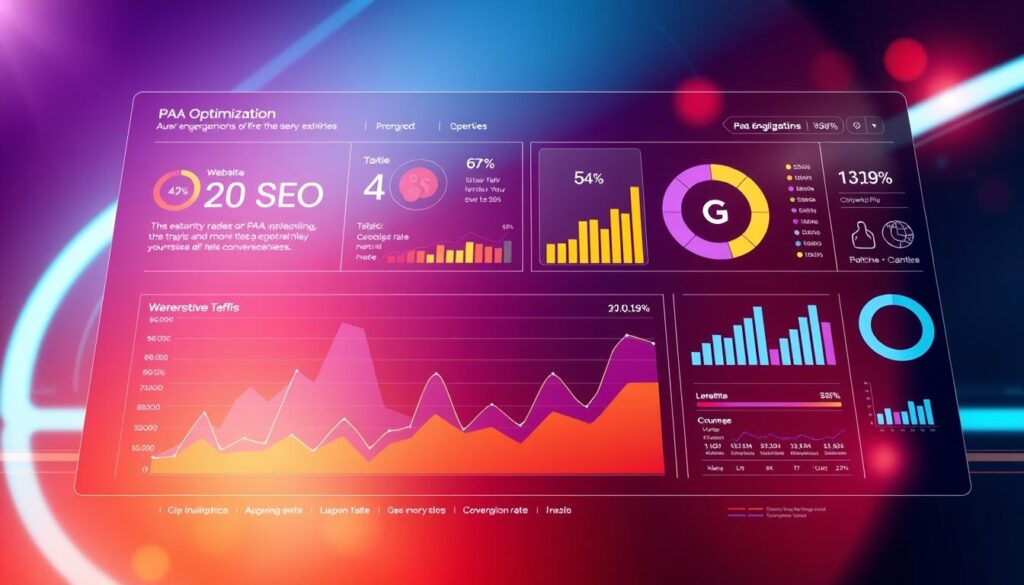
Regular updates and monitoring are crucial to adapt to changing user behavior. By staying attuned to these shifts, businesses can maintain relevance and accuracy in their PAA answers. Reputation Return’s ongoing monitoring and consultation services ensure that your content remains aligned with user needs, securing higher engagement levels.
Designing visually appealing and clear entries is essential for drawing user attention. Our guidelines emphasize the importance of clarity and brevity, ensuring that each answer resonates with the intended audience. By integrating these principles, businesses can create content that not only informs but also engages, driving higher interaction rates and improved search performance.
Leveraging Tools and Analytics for Tracking PAA Performance
Monitoring and analyzing your performance in Google’s People Also Ask (PAA) section is crucial for maintaining and improving your online visibility. At Reputation Return, we utilize advanced tools and analytics to track PAA performance, ensuring your content stays optimized and relevant.
Using Position Tracking and SERP Feature Analysis
To effectively monitor your site’s performance in the PAA section, we employ tools like Google Search Console and SEMrush. These tools provide detailed insights into your PAA appearances and their impact on traffic. By analyzing SERP features, we can identify which queries are driving the most traffic and adjust your strategy accordingly.
Evaluating Content Impact and Refining Strategies
Regularly evaluating the impact of your content on PAA performance is essential. We use analytics to assess which content resonates most with your audience and refine your strategy to better meet their needs. This iterative process ensures continuous improvement and higher engagement rates.
| Tool | Details |
|---|---|
| Google Search Console | Provides insights into PAA appearances and traffic impact. |
| SEMrush | Offers detailed SERP analysis and position tracking. |
By leveraging these tools and analytics, we help you make data-driven decisions to enhance your PAA performance. For more information on structuring your article for better brand visibility, visit our guide: How to Structure an Article. Contact us today for a free confidential consultation to discuss your needs and optimize your PAA strategy.
Reputation Return’s Role in Optimizing PAA Results
At Reputation Return, we specialize in enhancing your brand’s visibility and authority through targeted PAA optimization. Our expertise lies in transforming how your business appears in search engine results, ensuring your online presence is both positive and impactful.
Maximizing Brand Visibility and Authority
Our comprehensive approach to PAA optimization ensures your business stands out in search engine results. By crafting concise and engaging snippets, we help you capture user attention and drive organic traffic. Studies indicate that optimized PAA strategies can boost brand presence, giving businesses a competitive edge in the digital landscape.
Improving Business Reputation Through Targeted Optimization
We focus on accuracy and engagement in our PAA answers, ensuring your reputation shines. Our methods improve both content and technical aspects for prominent PAA placements. Success stories highlight our expertise in updating negative PAA questions to reflect positive FAQ answers, enhancing brand trust.
| Service | Details | Impact |
|---|---|---|
| Targeted Optimization | Aligns content with user intent | Boosts search engine visibility |
| FAQPage Schema | Structures content for PAA | Improves snippet accuracy |
| Link Building | Enhances site authority | Increases organic traffic |
Our free consultation tailors strategies to your unique needs, ensuring data-driven decisions for sustained growth. Trust us to protect and enhance your online reputation with proven PAA optimization techniques.
Conclusion
In today’s evolving digital landscape, capturing a prominent spot in search results is vital for businesses seeking to enhance their online presence. As we’ve explored, optimizing for Google’s People Also Ask feature offers a significant opportunity to boost visibility and engagement.
Our comprehensive approach at Reputation Return emphasizes the importance of aligning your content with user intent, ensuring clarity and brevity. By continuously refining both your content and technical elements, you can achieve superior visibility and drive meaningful interactions with your audience.
We invite you to take the next step with a free confidential consultation to discuss your unique needs. Our data-driven, customer-centric approach ensures that every business can achieve tangible results. Trust us to guide you through every step of the optimization process and secure the online visibility you deserve.
For more insights on how your online reputation can shape your career, visit our guide: How Your Online Reputation Can Change Your. Start your journey toward enhanced visibility and engagement today.
FAQ
What is the People Also Ask feature?
The People Also Ask (PAA) feature is a Google search result element that displays questions and answers related to the user’s query. It helps users find additional information without leaving the search results page.
How does PAA improve the search experience?
PAA enhances the search experience by providing quick answers to related questions, saving users time and improving the relevance of search results. It also highlights key topics and terms that might be important to the user.
Why is PAA important for modern SEO?
PAA is crucial for modern SEO because it offers opportunities to increase visibility, improve organic rankings, and provide direct answers to user queries. It also helps in understanding user intent and content gaps.
How can I optimize my content for PAA?
Optimize your content by crafting concise and informative answers to potential questions. Use structured data and schema markup to help search engines understand your content better.
What tools can I use to research PAA-driven questions?
Utilize Google searches, autocomplete, and keyword research tools to identify relevant questions. Competitor analysis can also provide insights into what users are asking.
How do I develop a PAA-focused content plan?
Map out user intent and identify content gaps. Create content that directly answers user queries, ensuring it is comprehensive and aligned with their needs.
Can PAA optimization increase user engagement?
Yes, by providing strategic answers that match user intent, PAA optimization can boost click-through rates and keep users engaged with your content.
How can I track the performance of PAA optimization?
Use position tracking tools and SERP feature analysis to monitor your performance. Regularly evaluate the impact of your content and refine your strategies accordingly.
How can Reputation Return help with PAA optimization?
Reputation Return specializes in maximizing brand visibility and authority through targeted optimization. We improve business reputation by ensuring your content directly answers user queries and meets their needs.

